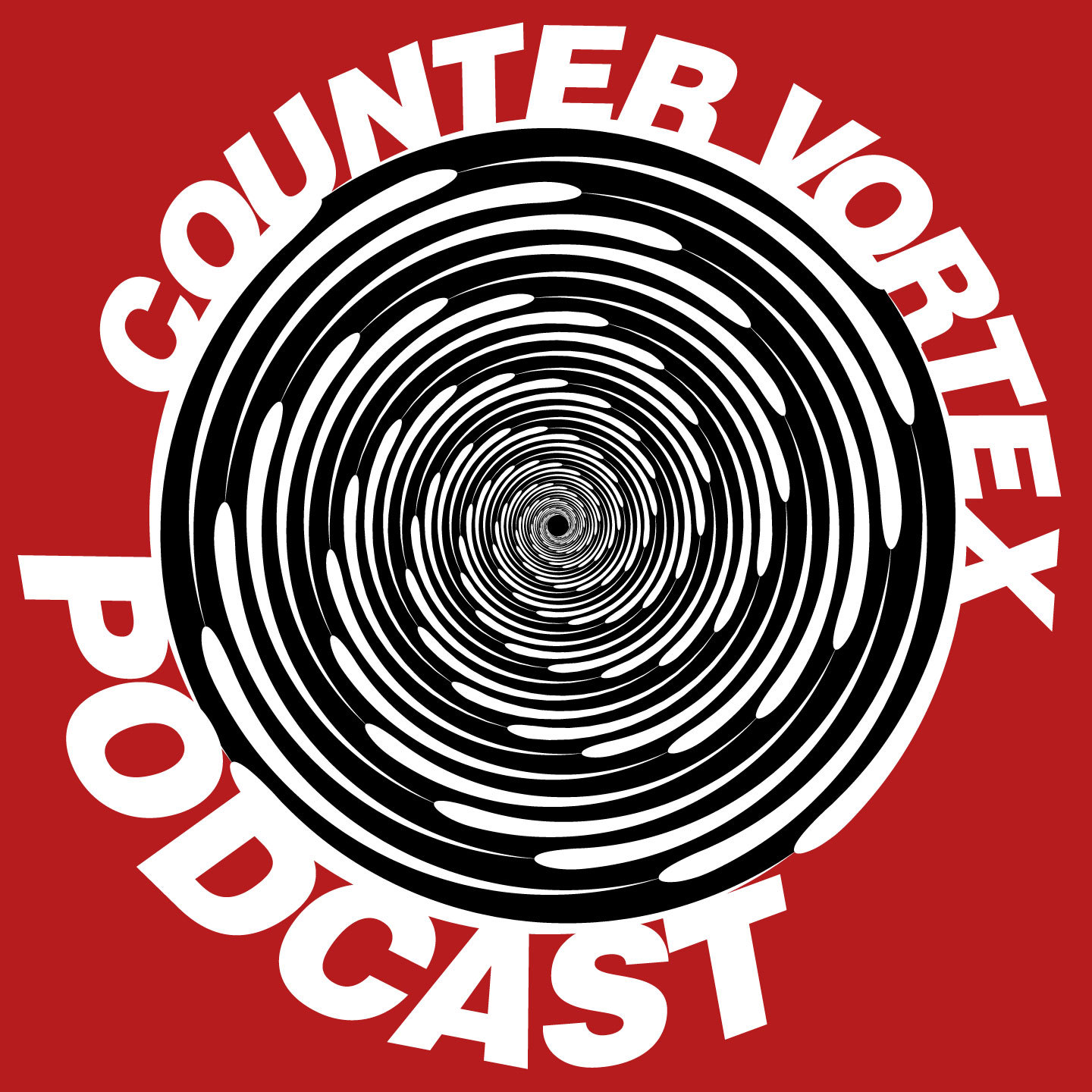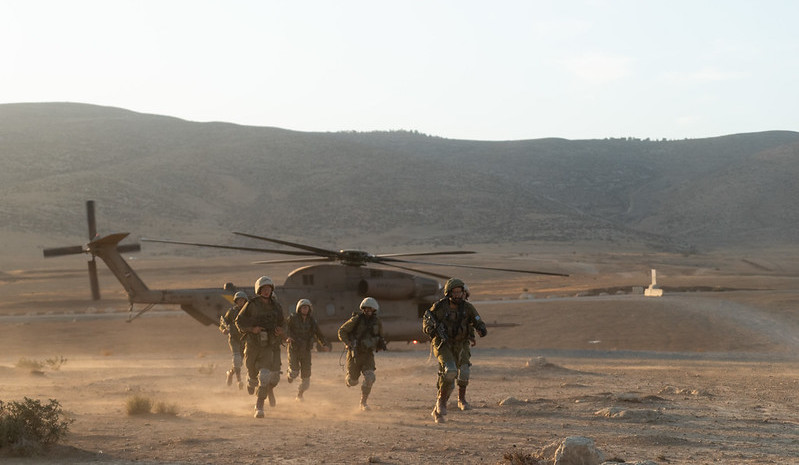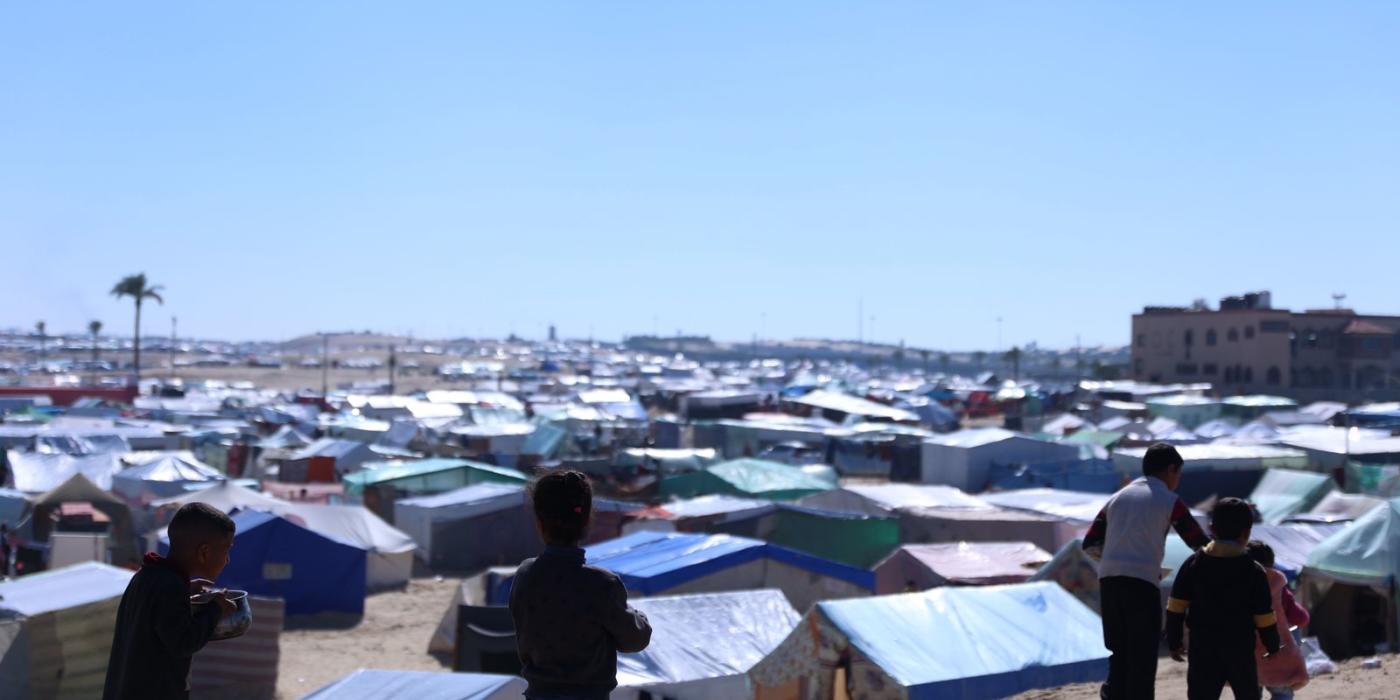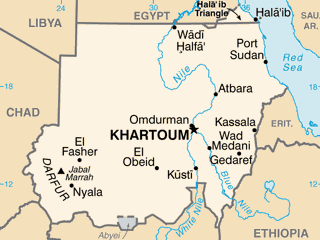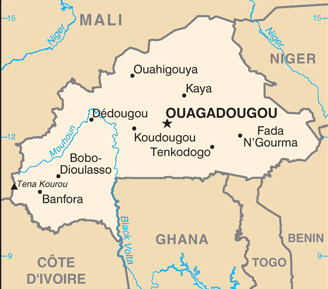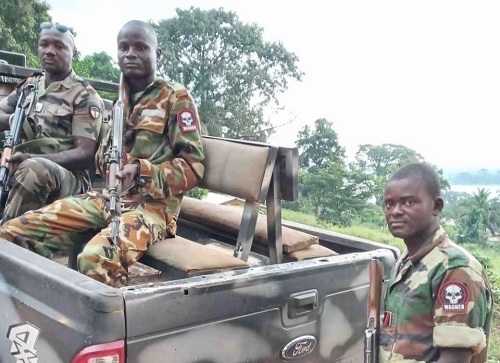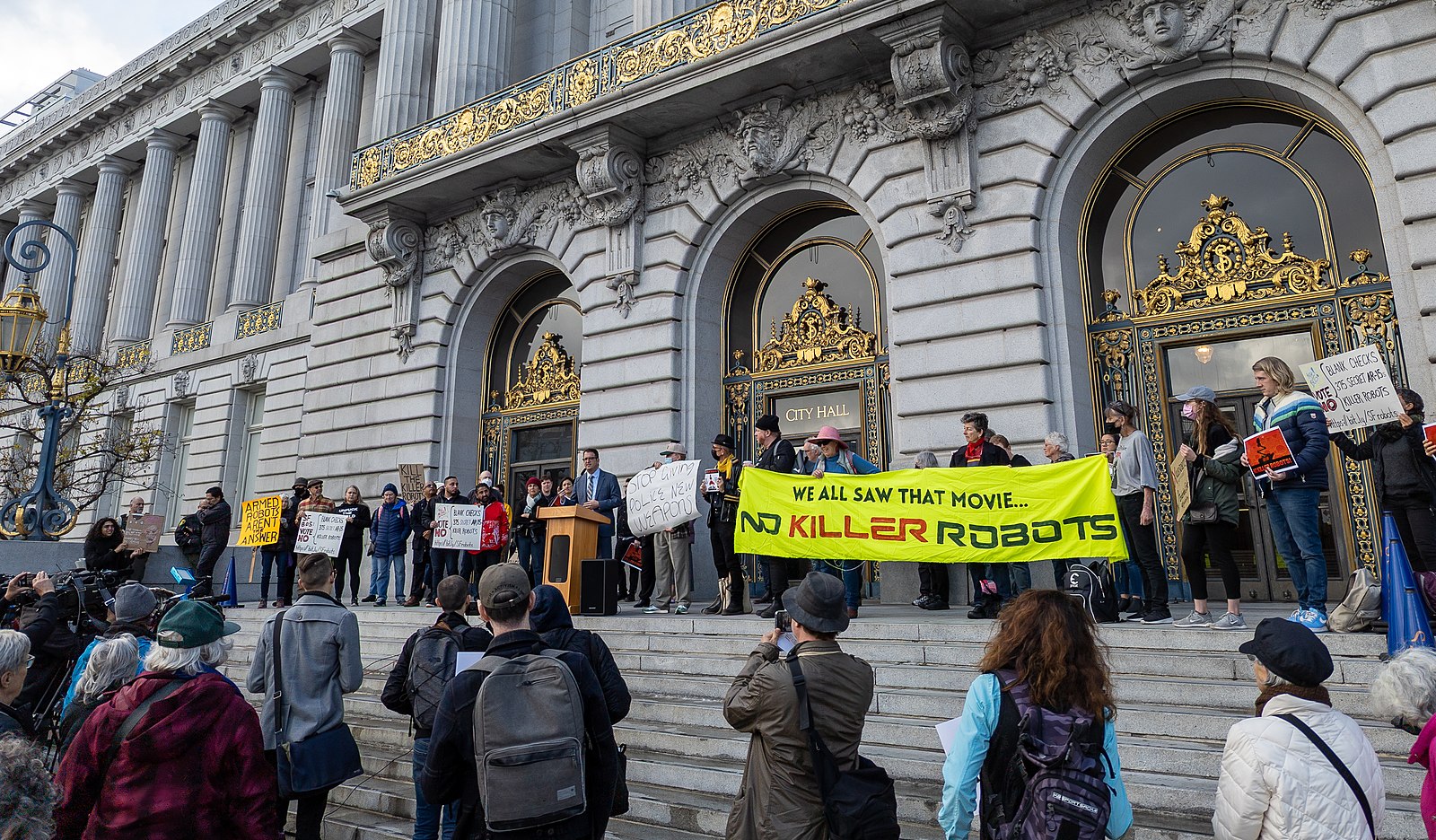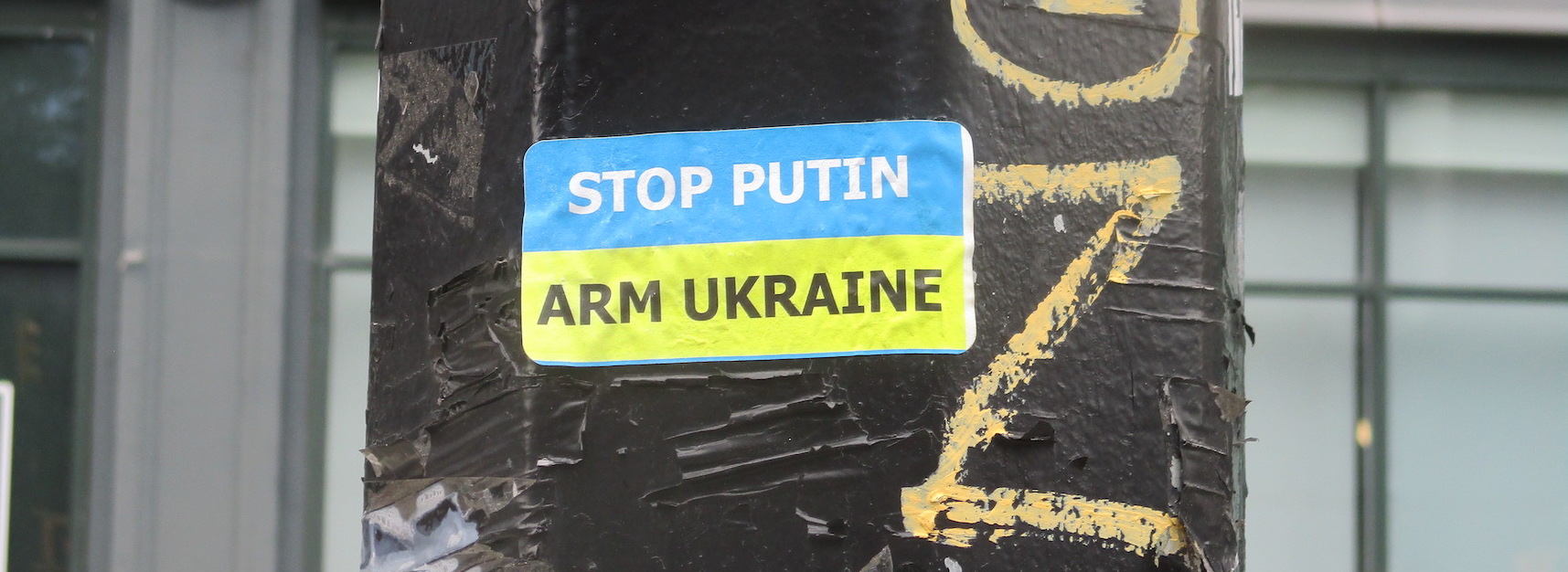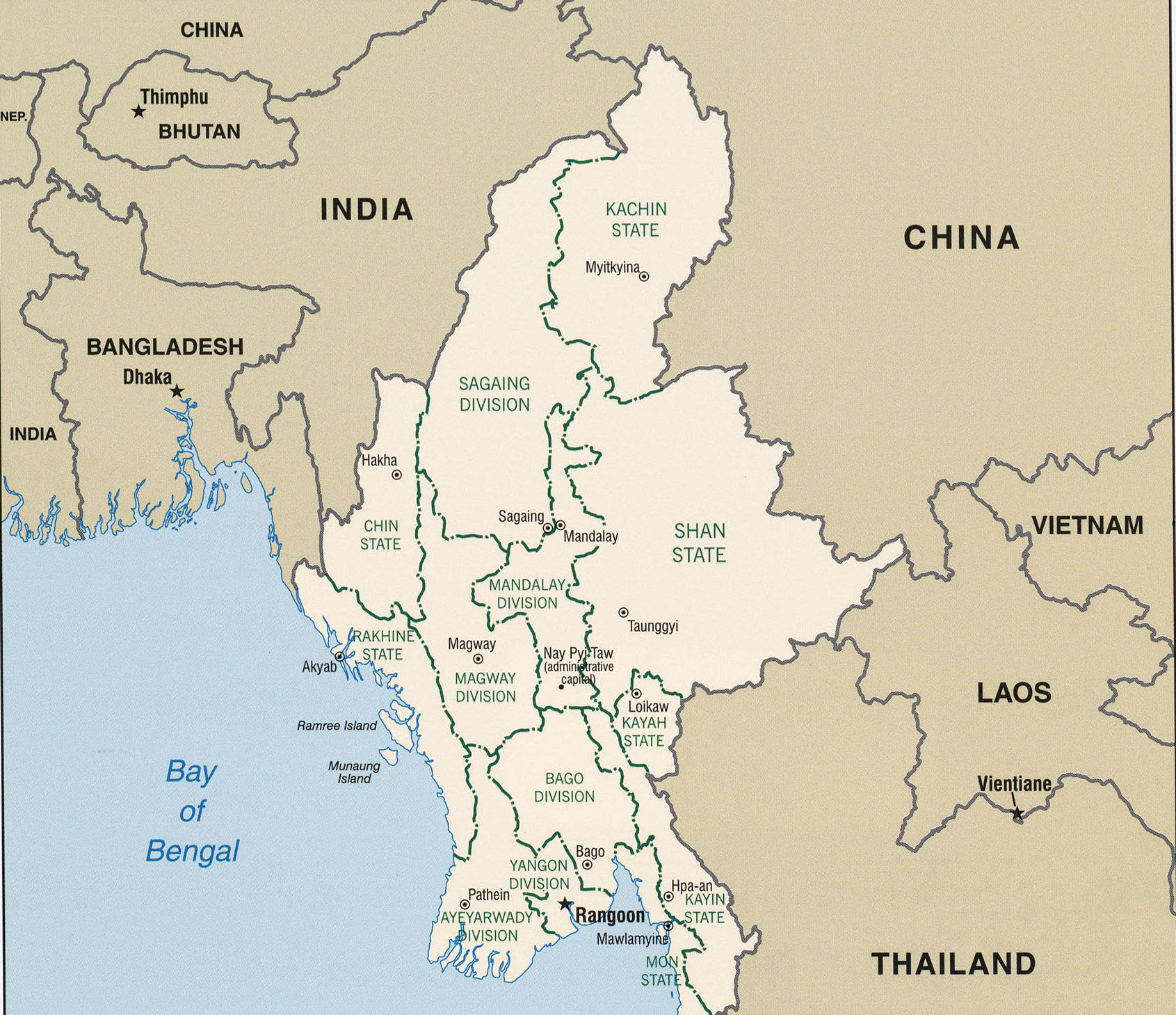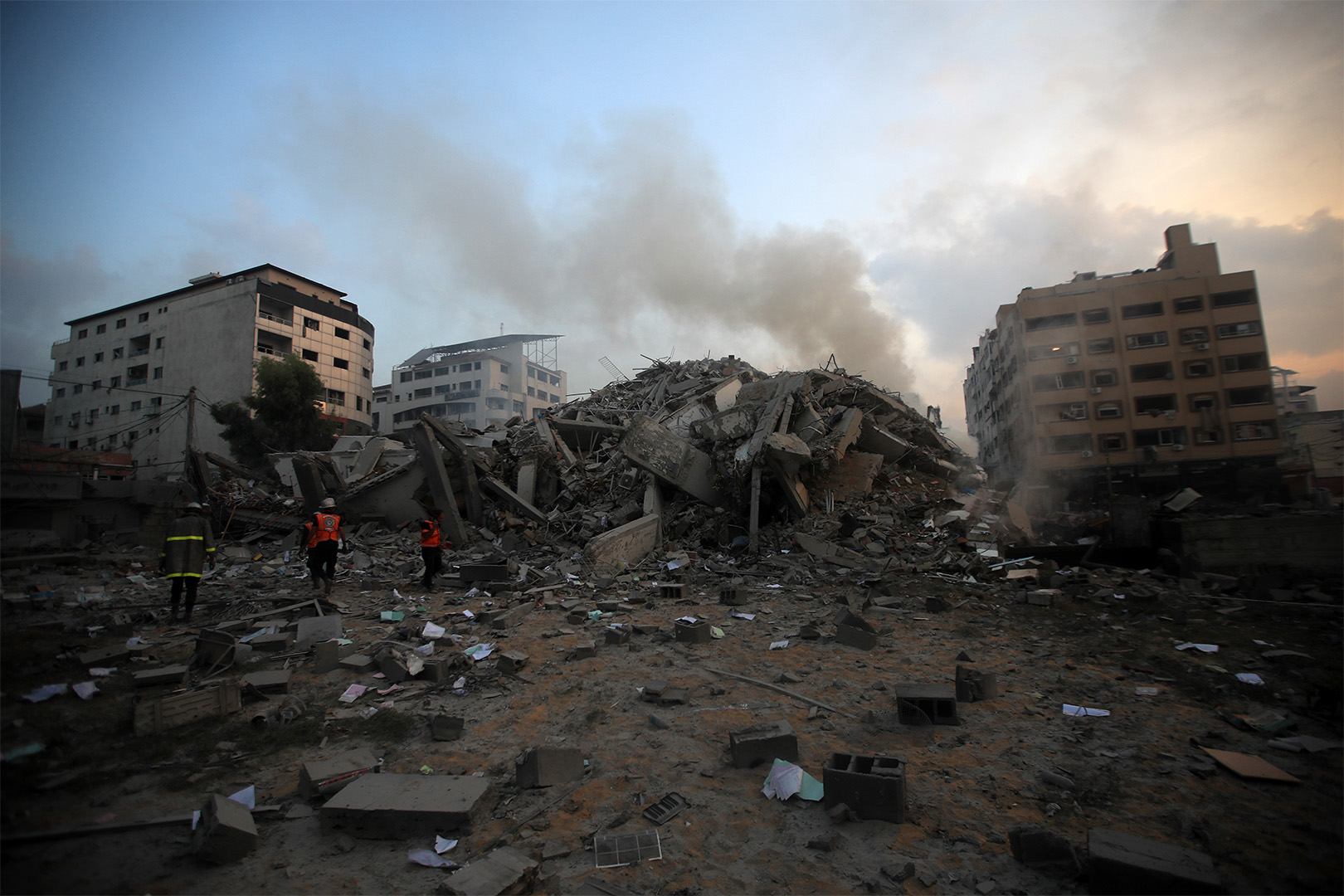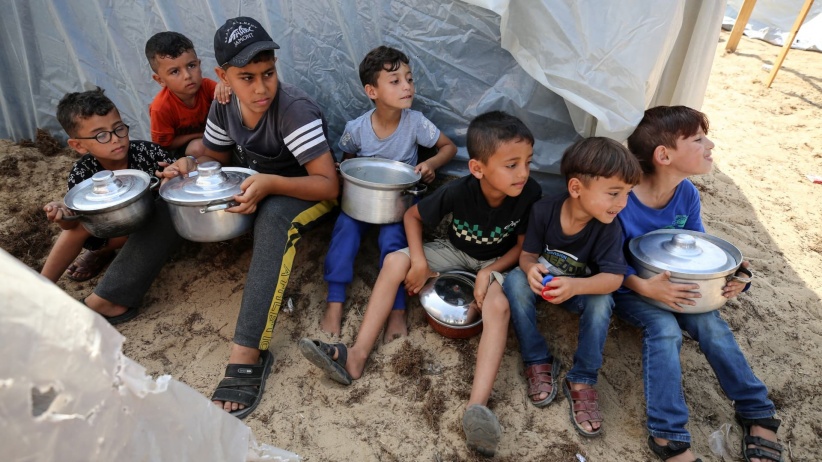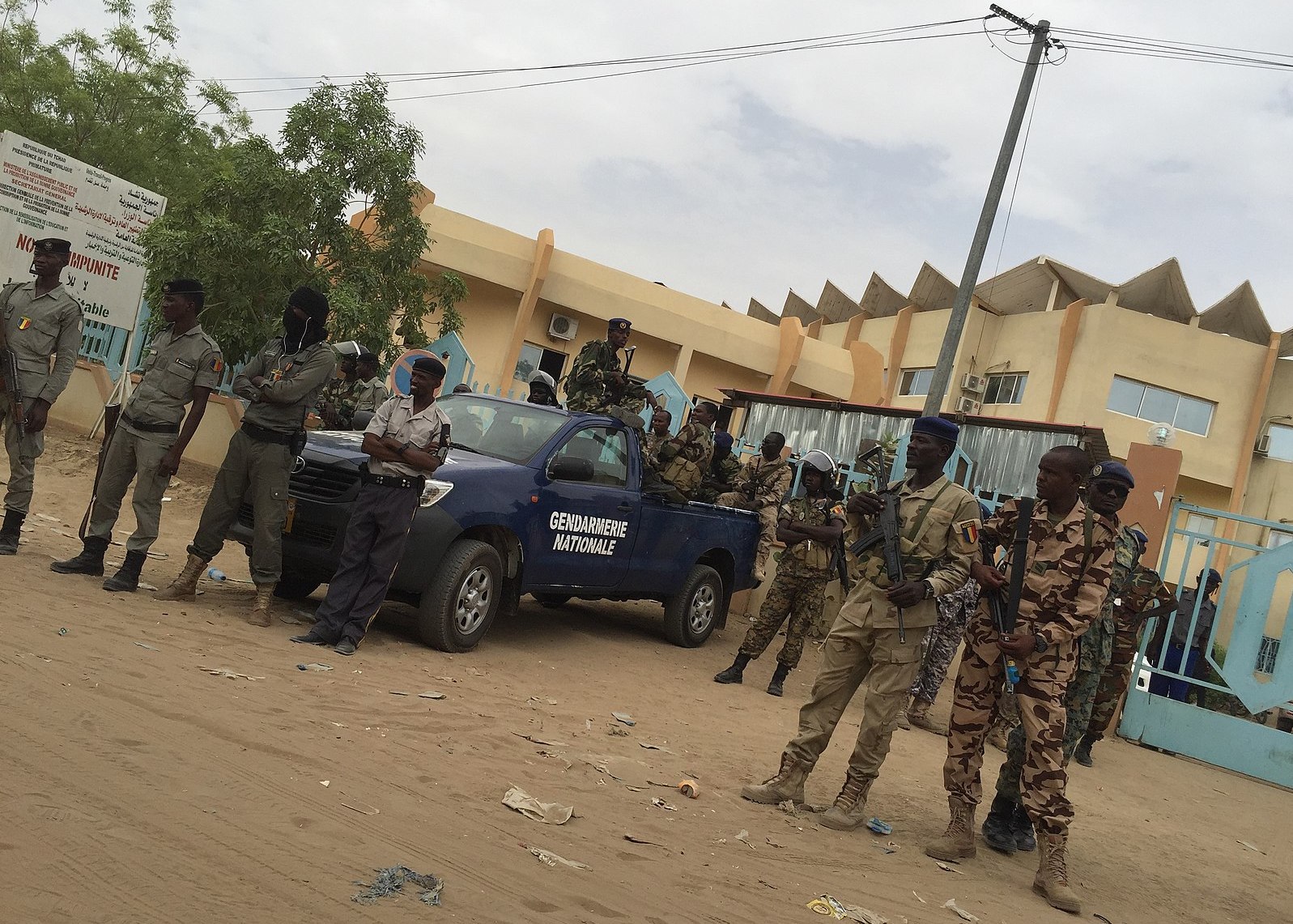
Political violence erupts in Chad
Violence erupted in Chad shortly after the country’s elections agency confirmed dates for a May presidential poll, which is supposed to restore democracy after three years of junta rule. The outbreak began with an armed attack on the headquarters of the National Security Agency, which the government blamed on followers of the Socialist Party Without Borders (PSF), the main opposition party in Chad. The PSF denied the charge. But the following day party leader Yaya Dillo—a vocal critic of ruler Gen. Mahamat Idriss Déby—was killed alongside dozens of the others in a shoot-out with security forces at the PSF headquarters in the capital, N’Djamena. (Photo: Chadian gendarmerie in N’Djamena. Credit: Bagassi Koura/VOA via Wikimedia Commons)

